Smithsonian
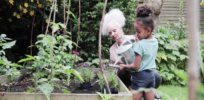
Why grandmothers might be a driving force behind human evolution
[Kristen] Hawkes, a professor of anthropology at the University of Utah, has extensively studied the Hadza, a group of hunter-gatherers ...
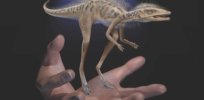
10 top dinosaur discoveries of 2020
As we anticipate what the fossil record might reveal in 2021, here’s a look back at ten dinosaur discoveries that ...
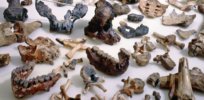
2020’s most important human evolution discoveries
Since many scientific articles are years in the making, a lot of exciting discoveries were still revealed in 2020! … ...
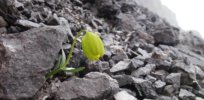
Plants are evolving to look like their surroundings to protect themselves from scavenging humans
Fritillaria delavayi grows on the rocky alpine slopes of China’s Hengduan Mountains, and for more than 2,000 years its dried ...
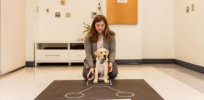
‘A million years of memory and history, biology and psychology’: The science behind what makes the dog-human bond so unique
In a minute or two, Winston will choose. And in that moment will be a million years of memory and ...
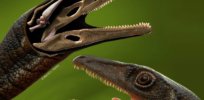
Scientists reconstructed fox-sized dinosaur ‘pea brain’
According to [a] new study, Buriolestes schultzi’s brain had an elongated shape and weighed about 1.5 grams, as much as a ...

How extreme environmental changes spurred early human evolution
[A]fter hundreds of thousands of years of stability, dramatic shifts occurred [in the East African Rift Valley] beginning about 400,000 ...
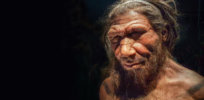
Recreating the Neanderthal Y chromosome helps explain how modern humans emerged
One hurdle in deciphering human prehistory is the absence of evidence of a Neanderthal Y chromosome in the genetic record ...

Colorants used in tattoos could play a role in detecting cancer
Currently, only three dyes with fluorescent properties used as optical imaging contrast agents—methylene blue, indocyanine green and fluorescein—are approved for ...

‘Everything smells like a more disgusting version of Spaghetti O’s’: Recovered COVID patients report awful phantom smells
Instead of a scentless world, an increasing number of people who lost their sense of smell because of Covid-19 are ...

After prehistoric asteroid destroyed most life on Earth, why were birds able to survive?
With hindsight, birds can be categorized as avian dinosaurs and all the other sorts—from Stegosaurus to Brontosaurus—are non-avian dinosaurs. The ...
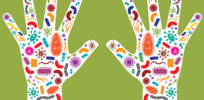
What’s happening to viruses, bacteria and mites that exist in our socially-isolated home islands?
We may feel isolated now, in our homes, or apart in parks, or behind plexiglass shields in stores. But we are ...
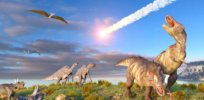
‘From pipsqueaks to titans’: The complicated evolution of dinosaurs
For tens of millions of years, even as other dinosaur species grew to huge sizes, 40-foot carnivores weren't around. How, ...

7 things we learned about human evolution in the past decade, including that we are older than we thought
To mark the 10th anniversary of the Smithsonian’s “David H. Koch Hall of Human Origins,” here are some of the ...

How a 19th-century typhus outbreak helped doctors fight the coronavirus and other pandemics
It was a truism among 19th-century physicians that, in the words of German epidemiologist August Hirsch, “[t]he history of typhus ...
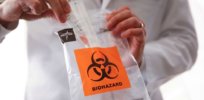
These 2 ‘crucial and very different’ tests could help us contain the coronavirus
Amidst a slew of shortages and logistical hurdles, American researchers are now slowly rolling out two crucial and very different ...

If you survive the coronavirus, do you gain immunity? And for how long?
Scientists don’t yet have definitive answers about SARS-CoV-2 immunity. For now, people who have had the disease appear unlikely to ...
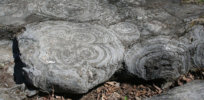
Searching for signs of Earth’s earliest life more than ‘a needle-in-the-haystack’ problem
The search for signs of Earth’s earliest forms of life isn’t quite like looking for dinosaur bones protruding out from ...
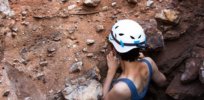
Strange cave-fellows? Unexpected discovery suggests 3 early human species lived together in South Africa
Two million years ago, three different early humans—Australopithecus, Paranthropus, and the earliest-known Homo erectus—appear to have lived at the same time in ...
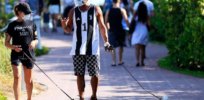
Warm weather won’t solve COVID-19 pandemic by itself
Many infectious diseases wax and wane with the changing months. Some, like flu, spike when the weather turns cold, while others, ...
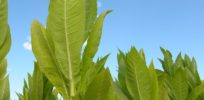
How a few pioneering botanists prepared us to battle the coronavirus outbreak
When German pathologist Robert Koch discovered the bacterium behind tuberculosis in 1882, he included a short guide for linking microorganisms ...

Chance of extraterrestrial contact will multiply by 1,000 in coming decade, says SETI scientist
[H]owever small the probability of seeing a signal from E.T. is, those chances are soon going to be a lot ...
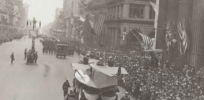
1918 Spanish flu redux? ‘Unprepared for the deluge of death’, politicians rejected ‘social distancing’ in bungled handling of the pandemic
It was a parade like none Philadelphia had ever seen.... When the Fourth Liberty Loan Drive parade stepped off on September ...
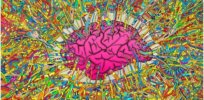
Trends that will shape the 2020s: Psychedelics as medicine, diagnostic cell phone apps and AI prediction of disease outbreaks
Clearly, a lot can happen in a decade—but innovation has to start somewhere. Based on what’s breaking through now, here ...

Before Gwyneth Paltrow and Goop: 19th century’s Madame Yale and her ‘Religion of Beauty’
On an April afternoon in 1897, thousands of women packed the Boston Theatre to see the nation’s most beguiling female entrepreneur, ...
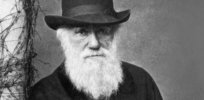
Exploring the uneasy relationship between Charles Darwin and his skeptical publisher
Charles Darwin’s ideas about evolution shook up Britain’s Victorian establishment upon the release of On the Origin of Species, the 1859 ...

‘Simple blood test’ could give us an early warning system for cancer
As of 2020, there are now targeted therapy drugs for 30 kinds of cancer. As part of this whirlwind of innovation, ...
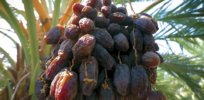
Palm trees grown from 2,000-year-old date seeds reinforce existence of ancient Judea’s ‘sophisticated’ crop domestication culture
In ancient times, the region of Judea was known for its plump, delicious dates, which delighted the palates of classical ...

